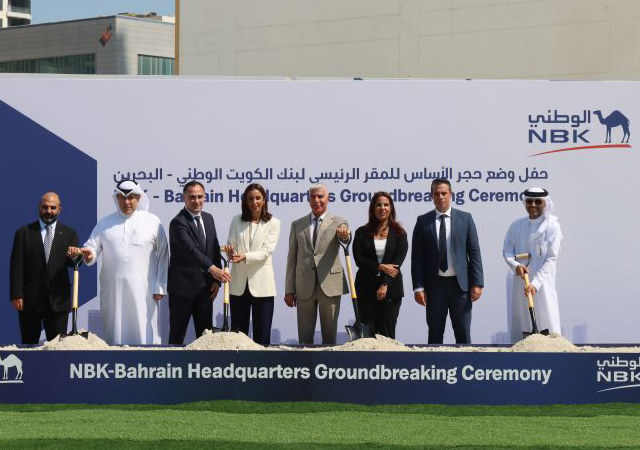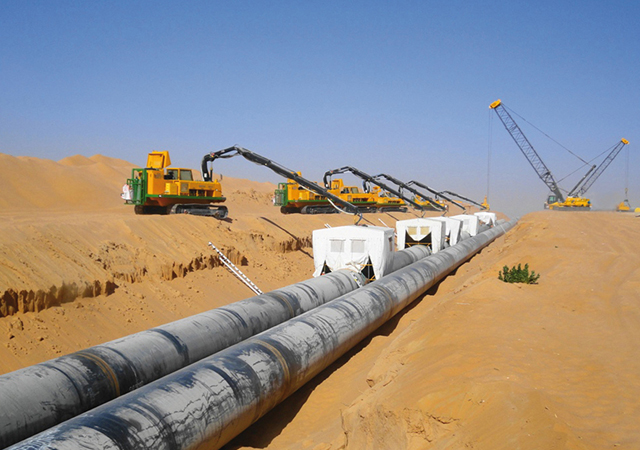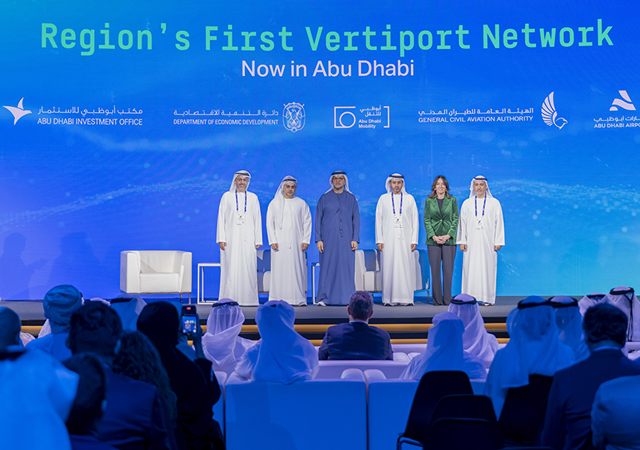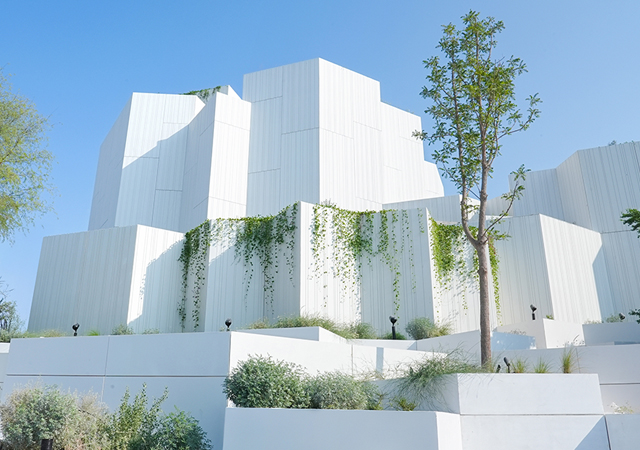
The German University of Technology in Oman, GUtechman, has marked the completion of the world's largest 3D real concrete printed building in the sultanate.
The 2,100-sq-ft house features three bedrooms, three bathrooms, a living room, kitchen, and guest reception area.
While the Middle East have seen numerous 3D printed buildings, the 190-sq-m building in Oman is the first to be printed with a real concrete instead of the traditional dry mix mortars used in most other 3D printed buildings, reported Times of Oman.
The house had been 3D printed in two stages. While the materials recipe was adjusted and training of the Omani crew took place during the printing of the first part of the house, the second part of the
house was done by the Omani crew on their own and it only took five days to complete.
To make the concrete 3D printable, GUtech had applied the D.fab solution developed by Danish 3D printer maker Cobod and Mexican cement giant Cemex, where the concrete can have particle sizes up to 10 mm and is made from locally available cement, sand and gravel, it stated.
Cobod had teamed up with the Mexican group to devise a method of using conventional ready-mix concrete during the 3D-printing process. The companies said this would reduce time and money compared with current 3D printing methods and traditional construction.
At present, Cemex says 3D-printing usually uses specialised and expensive mortars, whereas its D.fab admixture turns concrete into a malleable material.
This method has been used by homebuilder Power2Build in its construction of Angola’s first 3D printed concrete house in Luanda.
Celebrating the achievement, Dr Hussain, the Acting Rector of GUtech, said: "Today’s display of the first 3D printed building is perhaps the first step in the 1,000-mile journey. I thank all the local and international parties who contribute to supporting the center and the University."
Commenting on the milestone, Henrik Lund-Nielsen, Founder & General Manager of Cobod, said: "While we have been happy to help various cement and concrete manufacturers develop dry mix 3D printable mortars, we have also insisted on that a solution for making real concrete made from local available materials would be needed for mass application of our technology. We are more than pleased that Cemex took on the challenge, and proud that we in cooperation could develop the new solution, which GUtech has now applied to the first building in Oman."
"With the low cost for the printed materials, on top of the savings from not needing formwork and the minimal crew needed to operate our printers, our disruptive technology is now more competitive than ever before in Oman and everywhere in the world," he added.
Juan Romero, Executive VP (Sustainability, Commercial, and Operations Development) at Cemex, pointed out that the introduction of this revolutionary 3D printing system was a testament to its customer-centric mindset and relentless focus on continuous innovation and improvement.
"Working together with Cobod, we have developed an experience for customers that is superior to anything that has been provided in the past," he added.







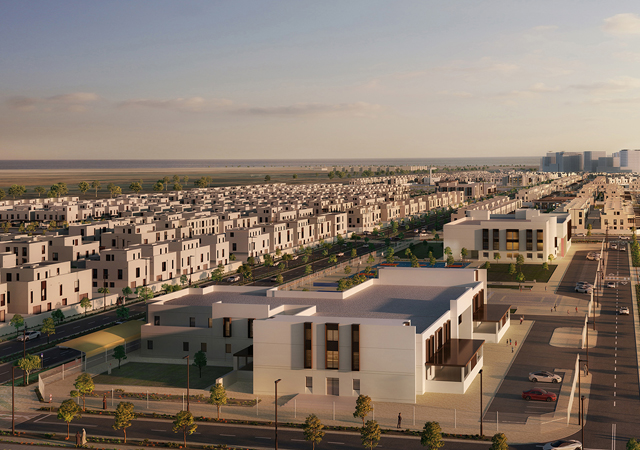

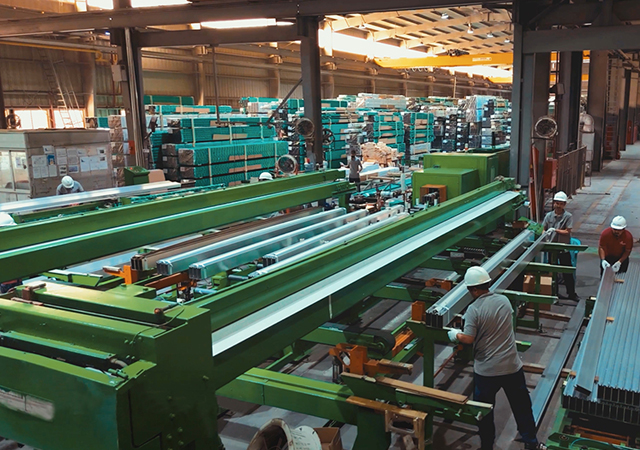



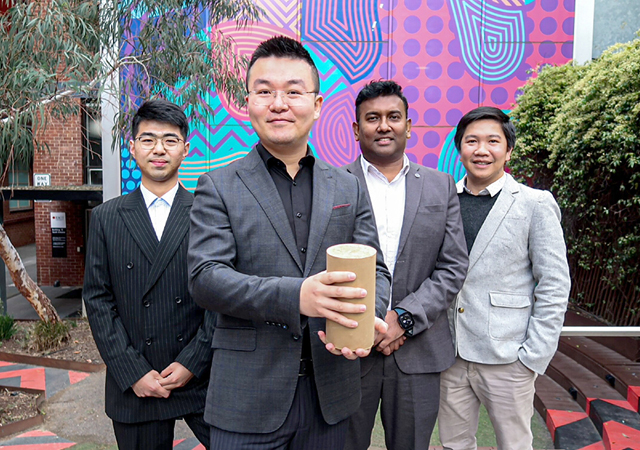



.jpg)


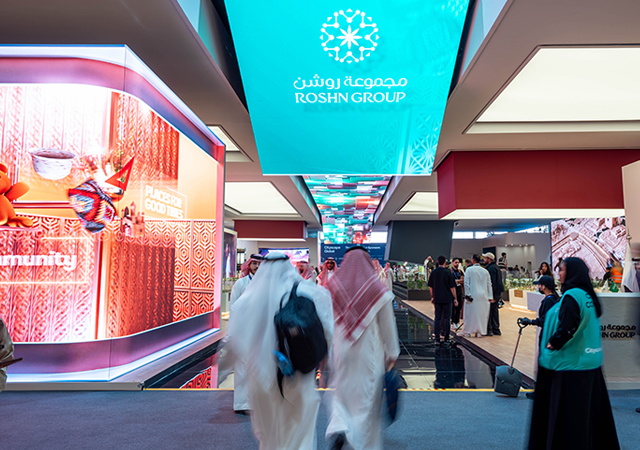










 (1).jpg)








